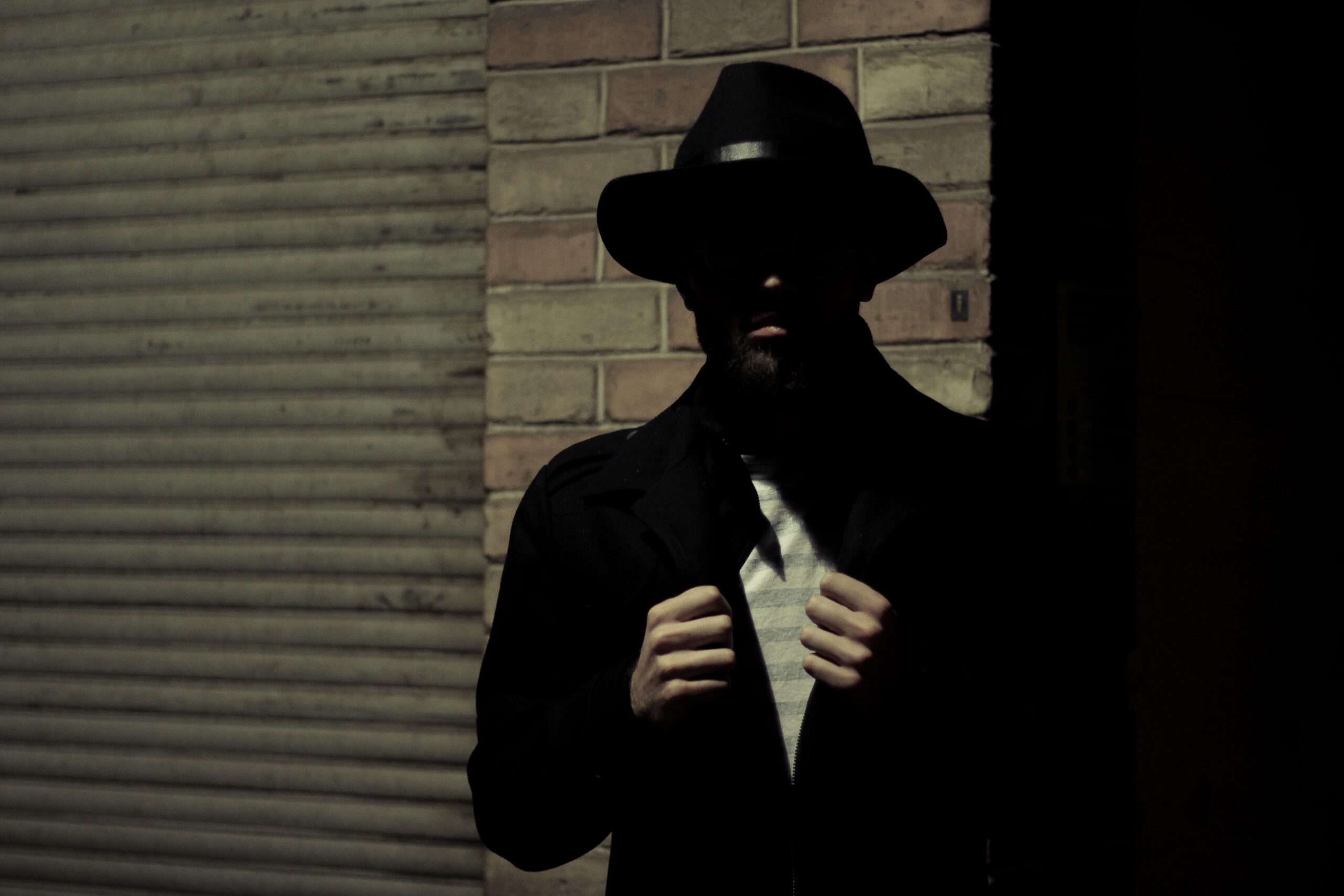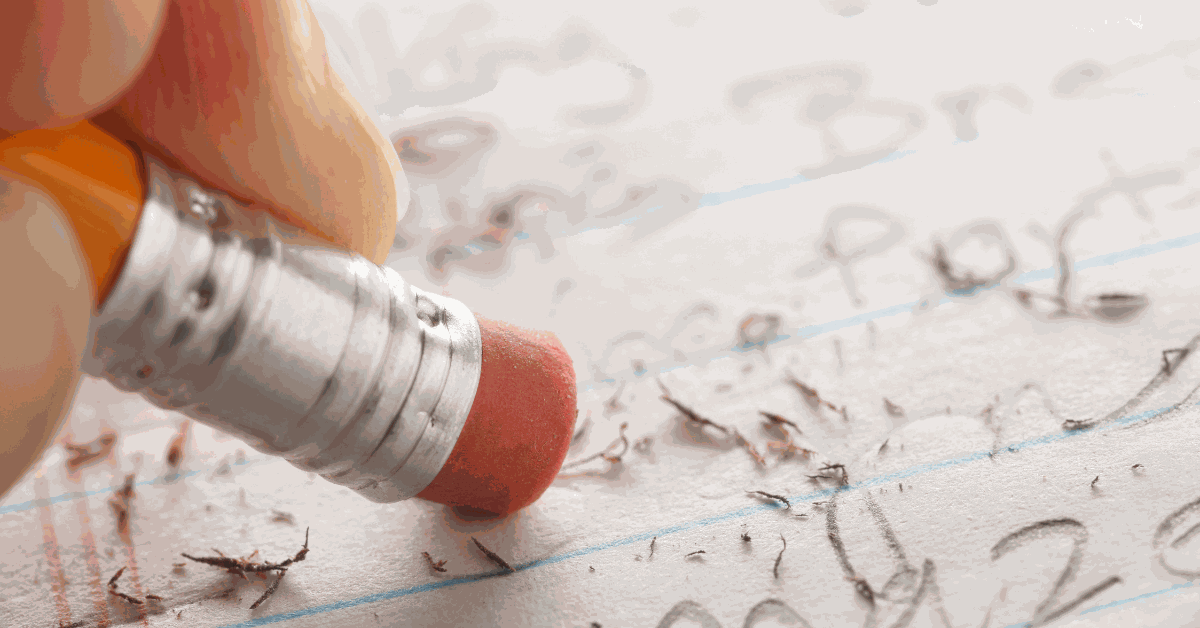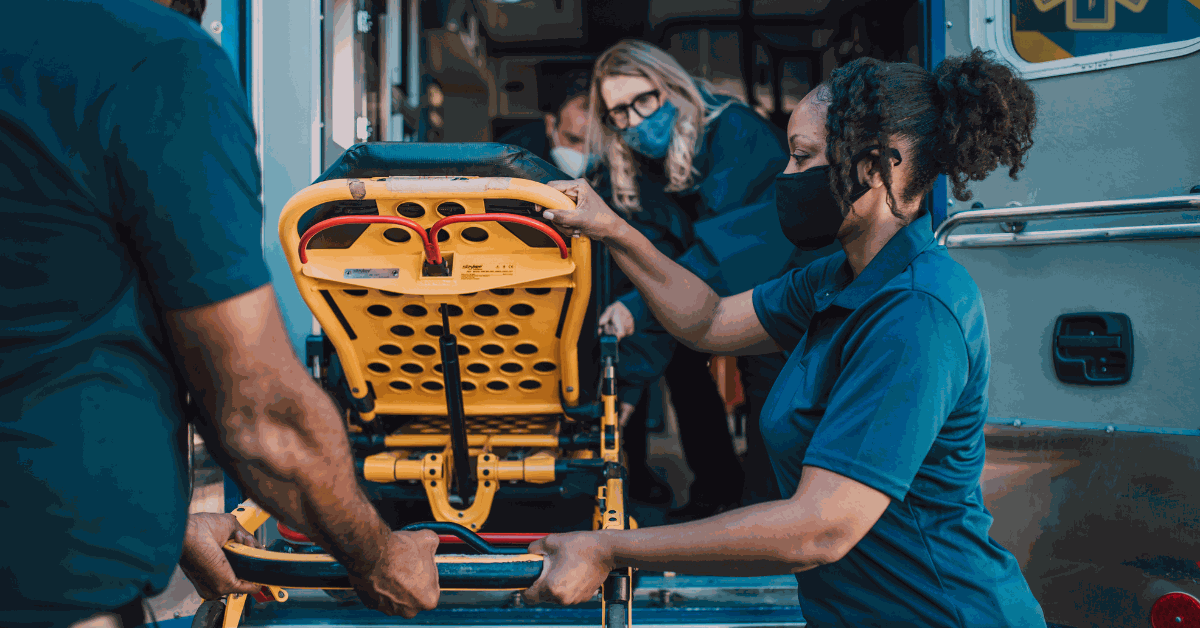In part 1 of this topic, we defined a “stealth juror” and established some of the different ways that a stealth juror can be identified during voir dire. In this part, we dive deeper into reconciling differences between written and oral responses in jury selection and the importance of rigorous research on jurors during voir dire.
Slip of the Lip
Because stealth jurors rarely plan or contemplate consistency between their questionnaire and oral voir dire responses, they frequently “slip up” during oral questioning. For example, in an antitrust case against a large oil company, jurors who displayed pro-environmental biases were sought out. A woman in the jury pool wrote in her questionnaire that she joined the Sierra Club because of principles she held. During oral voir dire, when questioned by the oil company’s attorney as to her reason for joining, she responded, “I like the hikes.” In another high-profile case, a prospective juror, in response to a questionnaire inquiry about his opinions of the various parties involved in the case, checked “somewhat favorable” for all but the defendant pharmaceutical company, for which he checked “somewhat unfavorable.” During oral voir dire, when asked by the defense attorney about the basis for his unfavorable opinion, he replied that he in fact held no such opinion and had checked that response in error. Trial counsel did not strike this juror, who eventually became foreman and behaved very negatively during trial and turning away when defense witnesses were on the stand.
One need not be a social psychologist to realize that substantial discrepancies between written and oral responses indicate that things may be amiss. This is, after all, what attorneys attempt to uncover by impeaching witnesses’ testimony with earlier deposition responses. Often overlooked, however, are tactical benefits – such as preservation of peremptory strikes – of impeaching a juror. To use peremptory strikes effectively, counsel must determine what characteristics are associated with an adverse pre-disposition, what types of prior experiences enhance receptivity to opposing counsel’s arguments, and how to ascertain crucial attitudes about the litigation without asking jurors to prejudge the case. The best way to address these issues entails the third method of identifying the stealth juror: detecting bias indirectly by uncovering correlates of bias.
Combing for Correlates
Correlates of bias are pre-existing characteristics found to be associated with a prospective juror’s adverse pre-disposition toward a party in a lawsuit. A highly publicized case involving one of the largest Superfund sites illustrates the importance of correlates in jury selection. Given the extensive publicity surrounding the case, it was necessary in pretrial research to understand how certain characteristics of jurors affected their beliefs about the site.
It seemed clear from the outset that if prospective jurors lived near the site or were familiar with media coverage of, or the plaintiffs in, the case, they would be risky for the defense. As the research unfolded and the studies and mock trial exercises produced more empirical data, however, it also became evident that other characteristics favored the defense. For example, if diseases alleged to have been caused by the site were also present, through unrelated causes, among a juror’s relatives or acquaintances, the juror was less sympathetic to the plaintiffs’ claims and more receptive to defense arguments that the disease had been caused by factors unrelated to the site. Similarly, because the plaintiffs had scant documentation of their physical ailments, prospective jurors who had frequent medical check-ups were also skeptical of those claims.
Potential jurors often have generally positive or negative characteristics, or a mixture of both. An individual who asserts neutrality, yet lives near the site, has read numerous articles in the paper or knows plaintiffs, but has no favorable characteristics, is exhibiting correlates of adverse bias and should be suspected as a potential stealth juror. Even if counsel could not detect such a juror based on body language or discrepancies between written and oral responses, the correlates of bias in themselves warrant serious consideration of a peremptory strike.
Facsimile Fact-Finders
Among social science researchers, a Q-and-A session at the local mall or random telephone polling usually do not constitute a survey. Rather “survey” refers to a research method designed to assess naturally occurring characteristics or events in a population. For purposes of pretrial research, this may involve recruiting a group of individuals who mirror the demographics of the venire to participate in the measurement process by viewing video of arguments, witnesses, and other evidence.
Generally, paying participants produces a more representative sample, because fewer will drop out for arbitrary or spontaneous reasons, reducing the likelihood of a biased or selected sample. Unfortunately, telephone surveys, even if dialed randomly, are more prone to biased or unrepresentative samples, because only certain types of people will stay on the phone with a stranger long enough to complete the measurement process.
In jury selection research, respondents are not informed of the purpose of the study5. More than 100 questions may be asked about a respondent’s experiences, beliefs, values, opinions, and attitudes before a final verdict measurement is taken. Many of these pre-verdict questions may appear to have little or nothing to do with the case under study, but they often reveal unexpected characteristics that correlate with bias for or against a party.
After pre-verdict data is collected, a synopsis of the case – with arguments and evidence, if desired – is presented to the respondents, who render verdict preferences and hypothetical damage awards. Pre-verdict data than can be correlated with verdict and damages measures to obtain empirical risk factors for use in formulating juror profiles for the case.
The strength of these correlations then are used to estimate the magnitudes of various risk factors. Regardless of the venue or type of case involved, such pre-trial research exercises can minimize the probability that a stealth juror will remain undetected on the seated panel.
Rigorous Research Required
It is occasionally possible to determine if a juror is being less than truthful during voir dire, but techniques for making this determination are fallible. In fact, most jurors are truthful, regardless of the specific case profile. Pretrial research that examines risk characteristics of the venire, particularly in high-exposure cases, is vital to effective jury selection. All of this presumes that jurors’ verdict predispositions can be inferred indirectly from correlates of bias. It is important to emphasize that it is impossible to obtain these correlates without a rigorous application of survey methodology. Jury selection, after all, is most effectively accomplished when an entire constellation of juror characteristics is considered. If this constellation is known to comprise many correlates of bias, the hostile prospective juror who does not admit to bias – the stealth juror – can be more easily unmasked.
References
1. See, e.g. P. Eckman and W.V. Friesen, “Detecting Deception From the Body or Face,” .I. of Personality and Social Psychology Vol. 29.3 (March, 1974) at 288-298. G.R. Miller and J.B. Stiff, Deceptive Communication (1993).
2. Whether a written juror questionnaire is desirable is a separate issue. The bench and trial counsel may fundamentally disagree on this question and their views may well depend on the particular circumstances of the case, as well as other factors. This discussion assumes the use of a questionnaire.
3. K.D. Kelly, Methods of Social Research (1978) at 135, 159.
4. S. Petronio, “Communication boundary management: A theoretical model of managing disclosure of private information between marital couples.” Communication Theory 1 (1991) at 311-335.
5. The possibility that the respondent may be able to guess the study’s purpose by the time it is completed is not particularly deleterious because the objective is merely to avoid pre-sensitized answers
Be confident in achieving superior litigation outcomes. CSI has the expertise, track record, and capabilities to help you win.



